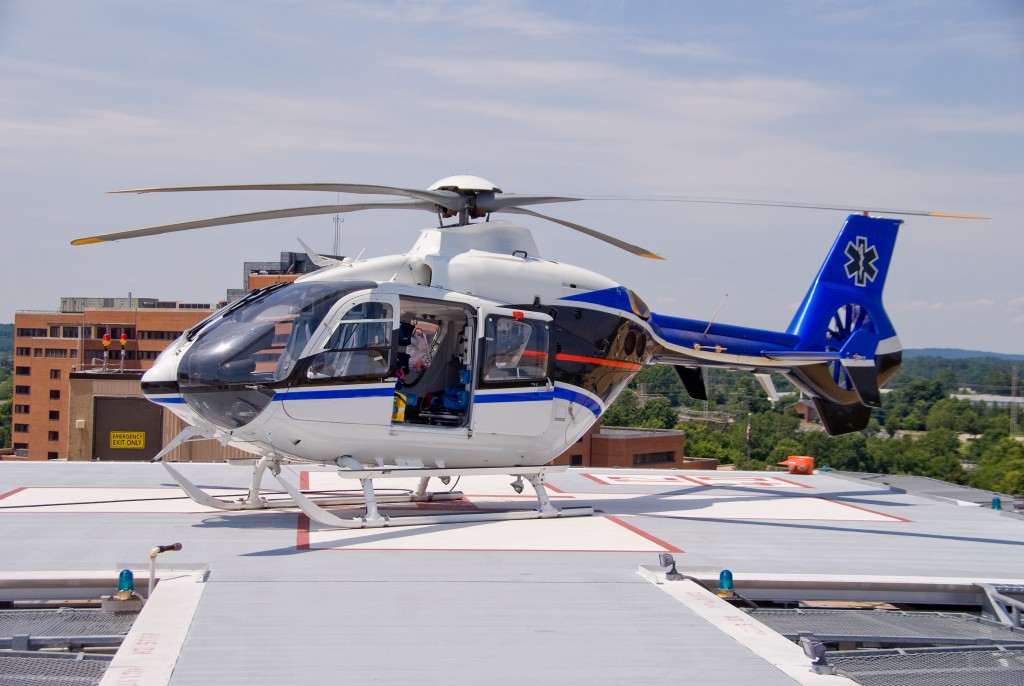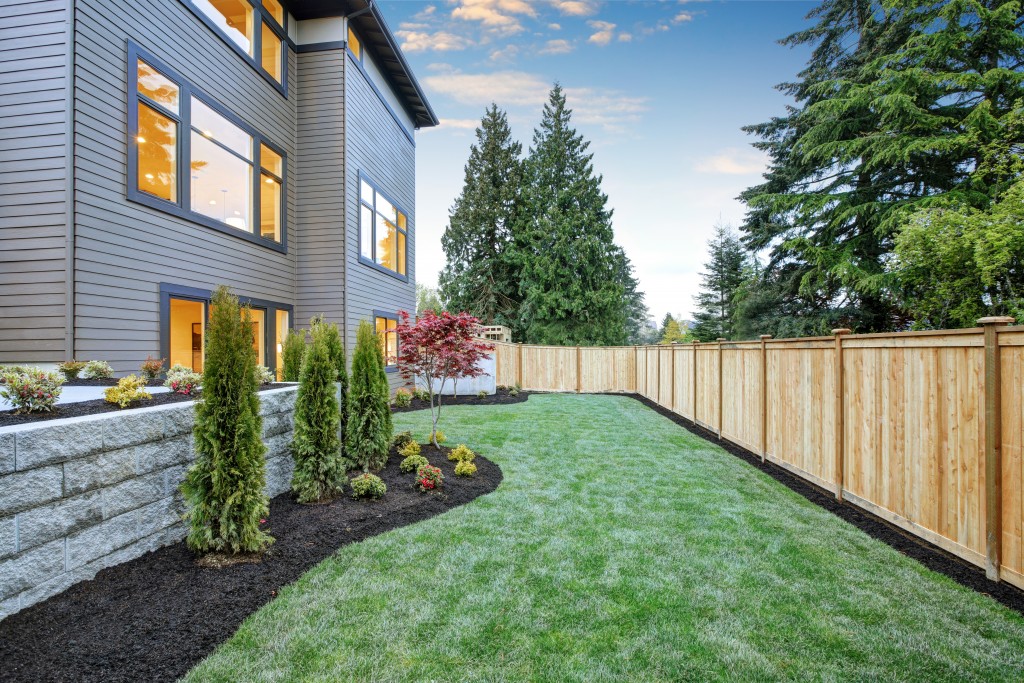Gardening is a popular hobby that has been around for centuries and continues to be enjoyed by many people today. However, with the growing environmental concern, it’s essential to consider more efficient gardening methods. Many agri-businesses and home gardens use water-based methods that are not very energy efficient, such as traditional farming. Efficient gardening techniques became even more necessary when growing food for commercial or personal consumption to reduce water waste and energy usage.
Aquaponics and hydroponics are two techniques that have become increasingly popular over the past few years. Both methods use water and can help reduce waste while being more energy efficient. With their growing popularity, it is crucial to understand the differences between aquaponics and hydroponics.
This article will compare these two systems side-by-side so you can decide which one is best suited for your needs. It will discuss their differences, from system setup and maintenance requirements to water usage and environmental impact so that you can decide between aquaponics and hydroponics.
Aquaponics: Definition and Principles
One of the most efficient and sustainable ways to grow plants is aquaponics. Aquaponics combines hydroponics (growing plants in water) and aquaculture (raising fish). In an aquaponic system, the fish produce waste that is then converted into nutrients for the plants. The plants, in turn, filter the water that is returned to the fish tank. The process involves a closed-loop system that circulates water from the fish tank to the grow beds.
Fish waste serves as a natural fertilizer for plants and is broken down by beneficial bacteria into nitrates that plants can use as nutrients. The water balances the system by providing sufficient oxygen for the fish and supplying the plants with vital minerals. This symbiotic relationship between the fish and plants results in an efficient, self-sustaining system that conserves water and energy. It creates a small ecosystem that mimics natural processes where waste is reused, and energy is saved.
The principle behind aquaponics is to keep the system as natural and balanced as possible, considering all the necessary elements for the fish and plants to thrive. An aquaponic system has many benefits, such as reducing water waste and energy use while providing fish and plants with the required nutrients to thrive.
Hydroponics: Definition and Principles
Alongside aquaponics and aeroponics, hydroponics is one of the three soil-less methods of plant cultivation where the plants are grown without needing soil, in this case, nutrient-enriched water. The nutrients in the water supply the plants with essential elements and minerals, and the water is circulated to maintain oxygen levels. Hydroponics does not require soil or natural fertilizer, which makes it an efficient and sustainable way to grow plants.
Unlike aquaponics, hydroponics does not rely on natural processes for the growth of plants. Instead, it requires a more controlled environment to ensure the correct levels of nutrients and oxygen are supplied to the plants. The water needs to be fertilized with specific concentrations of nutrients, and the pH must be carefully monitored.
Hydroponics is a great way to grow plants efficiently and sustainably, but it does require more effort and knowledge than aquaponics. Because the system is completely controlled, it requires more maintenance to regulate the pH and nutrient levels. Human intervention is always needed to ensure that the plants get the proper nutrients and levels of oxygen.
System Setup and Maintenance
Both aqua and hydroponics can be used to grow plants in a water-based environment, but the system setup and maintenance requirements differ. Not only do they have different principles, but their setup and maintenance also require varying levels of effort.
Aquaponics
In aquaponics, the components are relatively simple and easy to assemble. A basic aquaponics system typically includes a fish tank, grow bed with media, submersible pump, and tubing. The components are all connected, which requires minimal maintenance. This system also does not require additional fertilizers or nutrients for the plants since they get their essential elements from fish waste.
The fish tank must be maintained to ensure the water quality suits the fish and plants. The water must be monitored and tested regularly for pH, ammonia, and nitrate levels. If the ammonia levels become too high, water changes must be done to keep the fish healthy. The fish also need to be fed regularly, and their tank needs to be cleaned periodically. Failure to do so can result in an unhealthy system and cause the death of the fish and plants.
Hydroponics
Hydroponics systems are more complex and require more components than aquaponics. A basic hydroponic system typically includes a reservoir, nutrient solution, grow media, timer, air pump, and delivery system. The components must be set up correctly to ensure the correct flow of water and nutrients is supplied to the plants. Some hydroponic systems also include pH and nutrient monitors to ensure the water supply is optimal for plant growth.
Due to the complexity of a hydroponic system, it requires more maintenance than aquaponics. The pH and nutrient levels must be monitored regularly and adjusted as necessary. This adjustment involves adding specific nutrients to the reservoir and measuring the pH level of the water. If you’re using an automated system, this task can be done automatically; if not, it must be done manually.
The reservoir also needs to be regularly cleaned to prevent the growth of algae and bacteria. They can cause imbalances in the nutrient and pH levels, resulting in unhealthy plants. The air pump also needs to be maintained regularly as it helps supply oxygen to the roots of the plants.
Nutrient Management
Nutrition is essential in aquaponics and hydroponics, but how it is managed differs significantly. Plants need the right balance of nutrients to thrive, which must be achieved in different ways depending on the system.
In aquaponics, fish waste is a natural fertilizer, supplying plants with essential nutrients. Fish waste contains high amounts of nitrogen, calcium, phosphorus, and other minerals necessary for plant growth. Nutrient solutions can also be used in aquaponics if the fish waste is insufficient to produce the nutrients needed for the plants. For example, suppose the pH is too high or low or the ammonia levels are too high. In that case, a nutrient solution like potassium nitrate or calcium nitrate can be added to the system to restore balance.
In hydroponics, nutrient solutions are used as the primary source of nutrients for plants. These solutions contain essential minerals like nitrogen, phosphorus, and potassium for plant growth. Nutrient solutions should be carefully monitored and adjusted to ensure the right balance of nutrients for plant growth. Because hydroponics systems are completely controlled, nutrient solutions must be added regularly to keep the plants healthy. Too much or too little nutrients can result in unhealthy plants.
When choosing between aquaponics and hydroponics, it’s essential to consider the advantages and considerations for nutrient management in each system. In aquaponic systems, fish waste acts as a natural fertilizer, reducing the need for additional nutrient solutions. This means that aquaponics systems require less maintenance and energy than hydroponics systems. However, the amount of nutrients produced in an aquaponic system depends on the number and size of the fish, so large systems may require nutrient solutions to maintain balance.

Water Usage and Efficiency
Both aquaponics and hydroponics are water-efficient methods of gardening compared to traditional farming, but there are differences in their water usage. Generally, aquaponic systems use less water than hydroponic systems because they rely on the natural processes of the ecosystem. The water in aquaponics is continuously recycled, and the plants are only watered when the water level in the tank is low.
In contrast, hydroponic systems require more frequent watering as natural processes do not feed the plants. This means the water must often be replaced because it is not recycled automatically. Also, hydroponic systems use more energy as they require pumps and timers to regulate the nutrient solution flow. This energy consumption makes them slightly less efficient than aquaponics.
Studies show that aquaponic systems are up to 90% more water efficient than traditional farming and can reduce water usage by up to 60% compared to hydroponic systems. Even with evaporation losses, the water efficiency of aquaponics is still significantly higher than hydroponics.

Crop Diversity and Growth
While aquaponics and hydroponics are suitable for various plants, some plants will thrive better in one system. Aquaponics was initially used for leafy greens such as lettuce and chives. These plants are easy to grow and require minimal maintenance.
However, researchers and commercial growers experimented with aquaponics and successfully grew other types of plants, such as tomatoes, peppers, cucumbers, strawberries, melons, and various herbs. While aquaponics can be used to grow diverse plant species, the system must have the right balance to sustain them. Growing these types of plants requires a larger tank, more fish, and higher nutrient levels.
On the other hand, hydroponics is better suited for growing various types of plants. Since the system is completely controlled, regulating the nutrient levels and pH for these more demanding plants is easier. From herbs like tarragon and stevia and vegetables like peppers, cucumbers, and spinach, to garden plants like philodendrons and spider plants, hydroponics is a great way to grow them. They require precise nutrient levels and oxygen supply, which are easier to achieve with a hydroponic system.
Other factors to consider when comparing the two systems are crop yields, growth rates, and overall plant health. Studies have shown that aquaponic systems can produce higher yields than hydroponic systems, and plants tend to grow faster. Some aquaponic systems demonstrated some plants growing four times faster than those in hydroponic systems.
A study also found that aquaponics can produce higher yields with fewer inputs, producing about eight times more food per acre than traditional soil agriculture. This number can vary depending on the type of crop being grown. The yields can be up to 25 times higher for some fast-growing crops, whereas slow-growing crops may only have yields four times higher.

Cost Considerations
Of course, setting up and maintaining an aquaponic or hydroponic system requires an initial investment. The system setup costs vary depending on the type of components used and the size of the system. As mentioned, a basic aquaponic system consists of a fish tank, grow bed, submersible pump, and tubing. This type of setup is relatively inexpensive and easy to assemble, costing around $500 to a few thousand. The cost can vary depending on the tank size and type of fish used.
Hydroponic systems, conversely, are more complex and require more components. A basic hydroponic system typically includes a reservoir, nutrient solution, grow media, timer, air pump, and delivery system. This type of setup tends to be more expensive, costing around $5,000 to around $300,000, primarily commercial systems.
In terms of ongoing maintenance, aquaponics and hydroponics require regular monitoring and maintenance to keep the system in balance. The maintenance cost for an aquaponic system includes fish food, water testing kits, and possible replacements for pumps or other components. For hydroponic systems, the price consists of nutrient solutions, pH and nutrient testers, and potential air pump replacements.
Environmental Impact
Both aquaponics and hydroponics are considered sustainable methods of growing plants. They are water-efficient, reduce the need for fertilizer, and can be powered by renewable energy sources. These systems have the potential to produce high yields with fewer inputs, making them an attractive option for commercial growers. Many studies have shown that aquaponics and hydroponics are more sustainable than traditional farming.
These can have a significant environmental impact, mainly when used on a large scale. Aquaponics systems help save resources while allowing crop production in areas unsuitable for traditional agriculture. They also produce little to no waste and use less water than conventional agriculture.
Hydroponics systems are also more sustainable than traditional farming and have the potential to reduce water usage by up to 10%. They can also use recycled rainwater, greywater, or other wastewater sources to help conserve water. In addition, hydroponic systems require significantly less land than traditional farming, allowing more efficient use of available resources.
While most studies conclude that aquaponics and hydroponics are more sustainable than traditional farming, they also have potential drawbacks. For example, both systems use energy-intensive pumps and other components, which can be powered by renewable sources but still have an environmental impact. Of course, the extent of this impact depends on the size and design of the system.
Choosing the Right System for Your Needs
When you’re trying to decide between aquaponics and hydroponics, you should consider a few factors. First, consider the size of your space and the area available for your system. Hydroponic systems require more components than aquaponics but can be scaled up more easily. On the other hand, aquaponics can take up a lot of space due to the fish tank but can be scaled down more easily for smaller areas.
Next, think about your goals and the types of crops you want to grow. Aquaponics is a great option if you’re growing leafy greens or herbs. However, a hydroponic system might be better suited to grow more demanding plants like tomatoes or peppers.
You should also consider your skill level and how much time you will put into your system. Aquaponics is an excellent option for beginners as it requires less maintenance than hydroponics. Hydroponic systems require more frequent monitoring, which can be time-consuming. But both methods are good options for those looking to grow their own food.
Another vital factor to consider is where you live. Aquaponics systems require warmer climates and access to freshwater sources like rivers or lakes. Saltwater fish cannot be used in aquaponics, so coastal areas might be better suited for hydroponic systems. While hydroponic systems can be used in most climates, you must choose the right components and resources to match your climate. Building a greenhouse can also help control the temperature and humidity in your system.
Finally, consider your budget and how much you’re willing to invest in the system. Aquaponic systems are more affordable and require less energy than hydroponic systems, making them a great option for those with limited budgets. Hydroponic systems are more expensive but tend to produce higher yields and can be a great option for commercial growers.
Make sure to do your research and think about all the factors before deciding on a system. Aquaponics and hydroponics can be great options to grow your food sustainably and efficiently.
Conclusion
In conclusion, aquaponics and hydroponics share some similarities but have many fundamental differences. Aquaponics can be an easier option for beginners and is more water-efficient, while hydroponics can produce higher yields and is better suited for growing demanding plants. Both systems offer great potential for sustainable and efficient food production, so it’s essential to consider all the factors before choosing a system.
Choose the right system for your needs, research, and explore the possibilities of aquaponics and hydroponics. They can be great options for growing your own food in an environmentally friendly way. You can create a sustainable, efficient, and productive food production system with the right system and knowledge.




